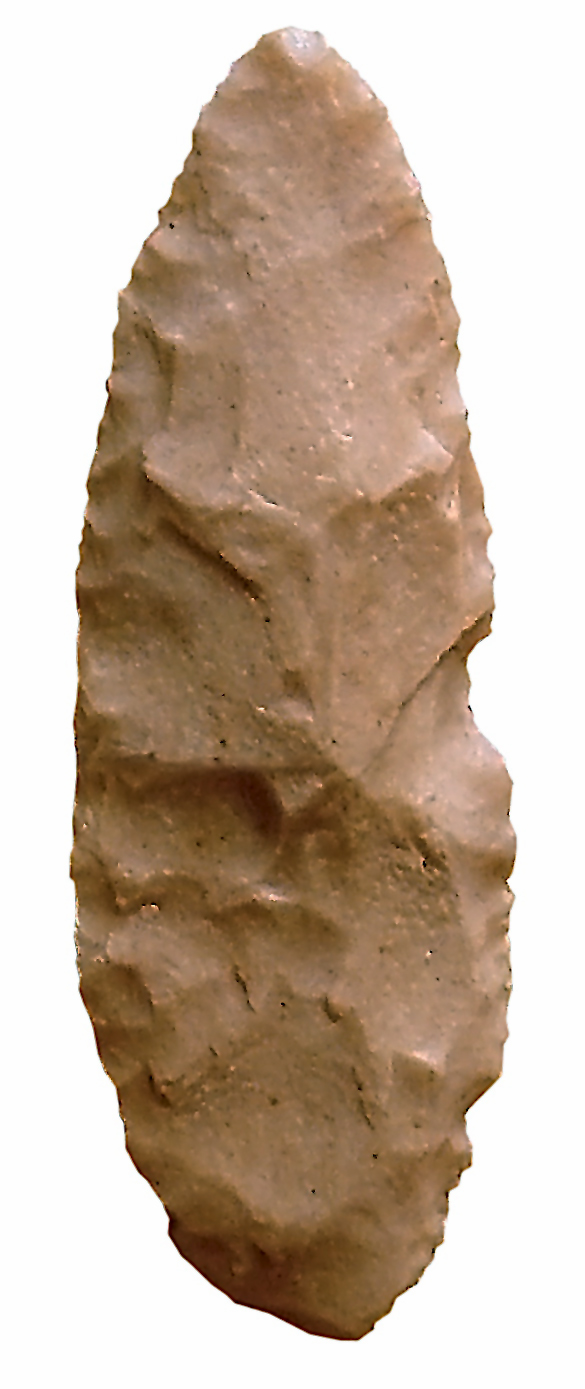|
Paradise Lost Caves
Paradise Lost Caves are a cave system located in Kiambu County, Kenya. They were discovered officially by Joseph Mbai and some of his farmhands on his property in 1996. A National Museums of Kenya expedition uncovered human remains dated back 8000-12000 years, along with obsidian artifacts from the Later Stone Age The Later Stone Age (LSA) is a period in African prehistory that follows the Middle Stone Age. The Later Stone Age is associated with the advent of modern human behavior in Africa, although definitions of this concept and means of studying it ar .... The caves are outfitted with electric lighting for tours that pass through, but can be difficult to traverse due to caves becoming very narrow at points.http://www.showcaves.com/english/misc/index.html ShowCaves References {{coord missing, Kenya Caves of Kenya ... [...More Info...] [...Related Items...] OR: [Wikipedia] [Google] [Baidu] |
Kiambu County
Kiambu County is a county in the former Central Province of Kenya. Its capital is Kiambu and its largest town is Thika. Kiambu County is the second most populous after Nairobi County. Kiambu County borders Nairobi and Kajiado Counties to the South, Machakos to the East, Murang'a to the North and North East, Nyandarua to the North West, and Nakuru to the West and has a population of 2,417,735. The county is 40% rural and 60% urban owing to Nairobi's consistent growth Northwards. The Kikuyu are the dominant tribe in the county. In 2007, Kiambu District was subdivided in two: Kiambu East and Kiambu West. Kiambu West district took Limuru, Lari and Kikuyu divisions, with Limuru as its district capital. Climate The county has an average annual rainfall of and mean temperature of with temperatures as low as in the upper highlands areas of Limuru. The long rains start in mid-March and run to May, and cold runs between July and August. Demographics According to the 2019 cens ... [...More Info...] [...Related Items...] OR: [Wikipedia] [Google] [Baidu] |
Kenya
) , national_anthem = "Ee Mungu Nguvu Yetu"() , image_map = , map_caption = , image_map2 = , capital = Nairobi , coordinates = , largest_city = Nairobi , official_languages = Constitution (2009) Art. 7 ational, official and other languages"(1) The national language of the Republic is Swahili. (2) The official languages of the Republic are Swahili and English. (3) The State shall–-–- (a) promote and protect the diversity of language of the people of Kenya; and (b) promote the development and use of indigenous languages, Kenyan Sign language, Braille and other communication formats and technologies accessible to persons with disabilities." , languages_type = National language , languages = Swahili , ethnic_groups = , ethnic_groups_year = 2019 census , religion = , religion_year = 2019 census , demonym = ... [...More Info...] [...Related Items...] OR: [Wikipedia] [Google] [Baidu] |
National Museums Of Kenya
The National Museums of Kenya (NMK) is a state corporation that manages museums, sites and monuments in Kenya. It carries out heritage research, and has expertise in subjects ranging from palaeontology, archeology, ethnography and biodiversity research and conservation. Its headquarters and the National Museum ( Nairobi National Museum) are located on Museum Hill, near Uhuru Highway between Central Business District and Westlands in Nairobi. The National Museum of Kenya was founded by the East Africa Natural History Society (E.A.N.H.S.) in 1910; the society's main goal has always been to conduct an ongoing critical scientific examination of the natural attributes of the East African habitat. The museum houses collections, and temporary and permanent exhibits. Today the National Museum of Kenya manages over 22 regional museums, many sites, and monuments across the country.NMK, "National Museums of Kenya," 2006-03-31, Museums.or.ke, webMuseumsOR/ref> Nairobi National Museum o ... [...More Info...] [...Related Items...] OR: [Wikipedia] [Google] [Baidu] |
Obsidian
Obsidian () is a naturally occurring volcanic glass formed when lava extrusive rock, extruded from a volcano cools rapidly with minimal crystal growth. It is an igneous rock. Obsidian is produced from felsic lava, rich in the lighter elements such as silicon, oxygen, aluminium, sodium, and potassium. It is commonly found within the margins of rhyolite, rhyolitic lava flows known as obsidian flows. These flows have a high content of silicon dioxide, silica, granting them a high viscosity. The high viscosity inhibits atomic diffusion, diffusion of atoms through the lava, which inhibits the first step (nucleation) in the formation of mineral crystals. Together with rapid cooling, this results in a natural glass forming from the lava. Obsidian is hard, Brittleness, brittle, and amorphous; it therefore Fracture (mineralogy)#Conchoidal fracture, fractures with sharp edges. In the past, it was used to manufacture cutting and piercing tools, and it has been used experimentally as surgic ... [...More Info...] [...Related Items...] OR: [Wikipedia] [Google] [Baidu] |
Later Stone Age
The Later Stone Age (LSA) is a period in African prehistory that follows the Middle Stone Age. The Later Stone Age is associated with the advent of modern human behavior in Africa, although definitions of this concept and means of studying it are up for debate. The transition from the Middle Stone Age to the Late Stone Age is thought to have occurred first in eastern Africa between 50,000 and 39,000 years ago. It is also thought that Later Stone Age peoples and/or their technologies spread out of Africa over the next several thousand years. The terms "Early Stone Age", "Middle Stone Age" and "Later Stone Age" in the context of African archaeology are not to be confused with the terms Lower Paleolithic, Middle Paleolithic, and Upper Paleolithic. They were introduced in the 1920s, as it became clear that the existing chronological system of Upper, Middle, and Lower Paleolithic was not a suitable correlate to the prehistoric past in Africa. Some scholars, however, continue to view ... [...More Info...] [...Related Items...] OR: [Wikipedia] [Google] [Baidu] |


